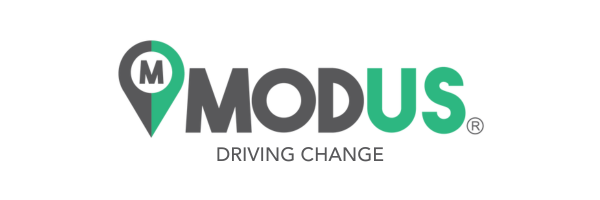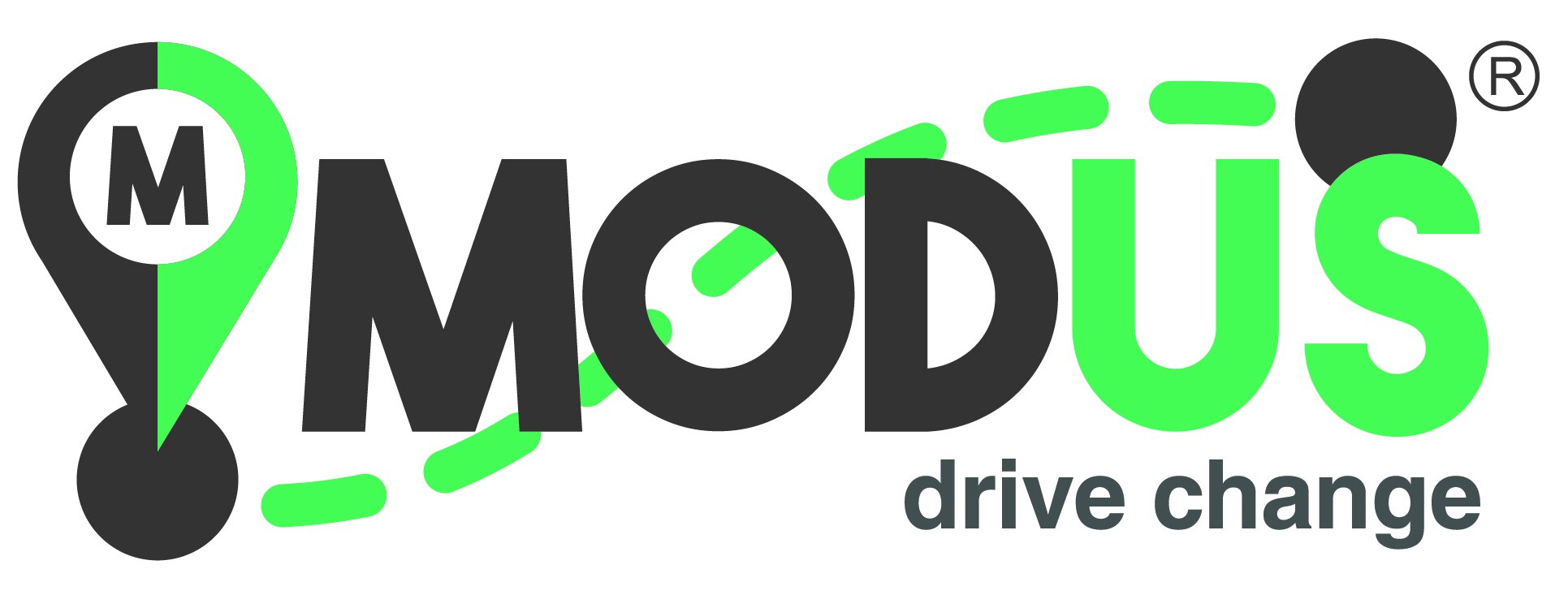Understanding the Past to Build a Better Future : Driving Change
In part one, we explored the historical roots of transportation inequity. Now, it’s time to focus on where we go from here—and how we can move forward, together.
Systemic challenges don’t change overnight. But when communities unite to invest in practical solutions, meaningful progress is possible. Here’s how it’s already happening in Tulsa and beyond:
Equitable Funding: A Tulsa Opportunity
Tulsa is a car-dependent city—but not everyone has access to a vehicle. In fact, 15.7% of Black households in Tulsa do not own a car, compared to 5.6% of white households. Yet the majority of public funding still goes toward highways, not local transit or walkable infrastructure.
Investing in bus routes, sidewalks, and protected bike lanes isn’t just good policy—it’s essential for creating a city where everyone can participate fully. These investments benefit not just individuals, but the whole community.
A city built around car ownership creates a system that leaves thousands behind. To build a more connected and equitable Tulsa, we must invest in the basics: frequent, reliable public transportation, walkable streets, and safe access points for everyone—especially those who need it most. These are not just transit upgrades—they’re investments in health, education, and economic opportunity.
Community-Centered Planning
Change starts with listening. Groups like Tulsa Young Professionals’ Urbanist Crew are advocating for more inclusive planning, like restoring the Greenwood District by removing portions of I-244 or protecting essential bike lanes that improve safety for riders across Tulsa.
Informed, community-driven planning ensures that decisions aren’t just made for neighborhoods—but with them. The best solution for solving planning and design issues in transportation is to be educated on the local issues at hand. In an issue of Tulsa People, there is an excellent piece titled “People on the Streets” about how to solve transportation design issues in Tulsa. Author Jessica Brent interviews the Tulsa Young Professionals’ (TYPROS) Urbanist Crew leaders atthat time, Kolby Webster and Cody Brandt, about the needed transformations in Tulsa's current transportation grid.
Building Trust & Safety
Equity on the road also means safety and accountability. While policing reform is a complex issue, one thing is clear: we need better data, increased transparency, and more community oversight to ensure our transportation systems are safe for everyone.
National organizations are working to create systems of oversight and improved reporting—tools that can help local communities build trust and advance fairness.
You Can Help Drive Change
Equity starts with access—and access starts with all of us. If you’re inspired to make a difference, here’s how you can get involved:
🚗 Donate to Modus, sesrving local nonprofits working on the frontlines to increase equity
👂 Listen and learn from voices most affected by system gaps
📣 Speak up for policies that prioritize walkability, transit, and community-led design. Show up for community meetings, forums & discussions. You have the power to shape your community!
Tulsa is a generous city. Let’s live up to that reputation by ensuring every neighbor can get where they need to go. Because when we move together, we all move forward.


